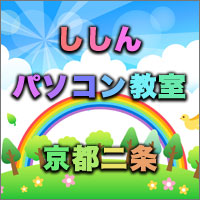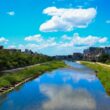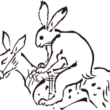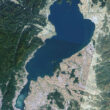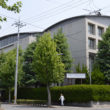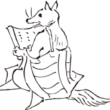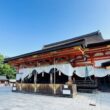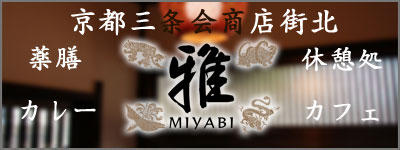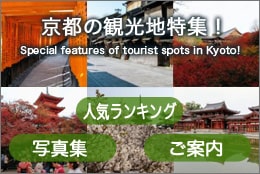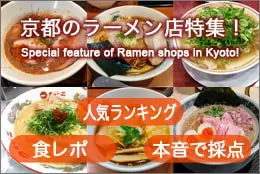Unrin-in, a sacred place of prayer
Posted date:2024-01-12Author:じゅうべい(Jubei) Transrator:ポンタ(Ponta)
Category:Buddhist Stories , Kyoto tourist spot , Talk about Kyoto
広告
adsense4
Despite the hustle and bustle of the city, this place still has a quiet atmosphere that dominates the whole area. The moment people enter the premises, everyone steps into a completely different, quiet world, separated from the outside world.
It’s mysterious. It’s absolutely mysterious.
Unrin-in. It’s the name of the temple in which I am now. This temple was originally the detached palace (Shinoin) of Emperor Junna (reigned 823-833), and was renamed Unrin-in when Prince Koko (Prince Jinmei) took the reign. Then the monk, Hensho, entrusted by the prince, converted it into a Buddhist temple of the Tendai sect (now the Rinzai sect) in 869 (Jokan 11). In the past, the area was the site of a succession of pagodas and Buddhist statues, and was also a famous cherry blossom viewing spot.
The Bodhi Ko, in which people pray for bodhi (rebirth in the Jodo of Ultimate Bliss) in the afterlife through the merit of the Lotus Sutra and Nembutu, was also famous, many people gathered at Unrin-in in the mid-Heian period (roughly from the early 900s to around 1068) to take part in.
By participating in the Bodhi Ko, people tied connections with the Buddhas equally and received salvation.
In the mid-Heian period,
against the background of the increasing privatization of land and the fact that a diverse range of people from different classes of society began to work and gather in the capital, there was a movement to unite the world through the teachings of the “Lotus Sutra.”
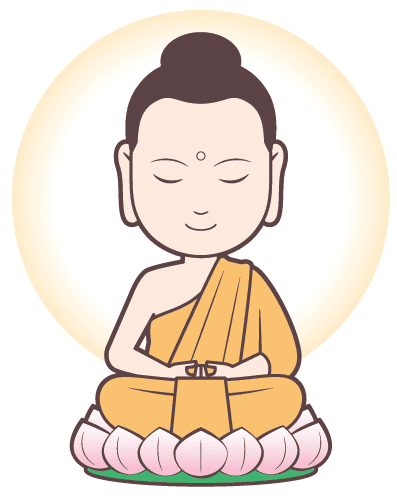
Everyone will receive salvation equally if he or she accumulates good doings according to each person’s status, financial power, and ability.
This teaching locates a diverse range of people equally, set them as the object for salvation.
And when later 900s came, the teachings of “Lotus Sutra” pervaded through the events of Ko which was taken place in Tendai-sect temples in Kyoto, the places where people tied connections with the Buddhas equally and received salvation appeared in successions.
It is believed that Unrin-in also played an important role as a sacred place for people to pray through the Bodhi Ko.
Unrin-in seems to have had a vast temple area in the past, but now it remains in Kyoto as a small temple with a small hall.

But it is also strange because the hall gives off a sense of something mystical. The hall, being the center of the premises, is creating quiet and rigorous atmosphere which is absolutely in different dimension from the hustle and bustle.

Inside this hall, the eleven-faced thousand-armed Avalokitesvara Bodhisattva is enshrined as the principal deity.
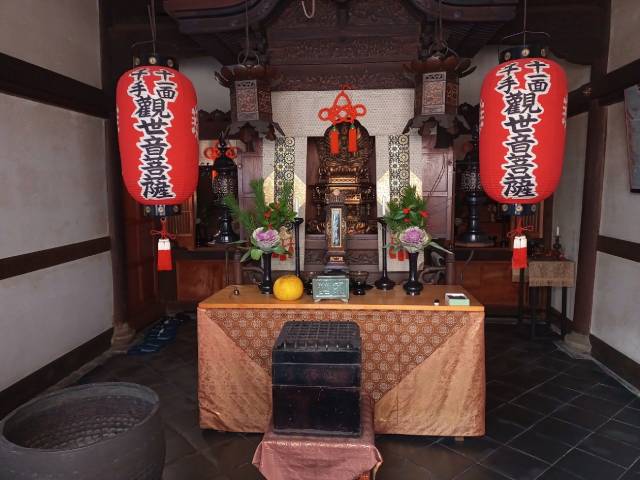
adsense2
This Avalokitesvara has eleven faces above his head and an iconography of the ideal of ‘one whose face is turned in every direction’. Depending on our position and ability, the Avalokitesvara, the rescuer, changes its expression in different ways.

Eleven-faced, thousand-armed Avalokitesvara Bodhisattva
This Avalokitesvara has a thousand hands, symbolizing the wide and great saving power of Avalokitesvara. Most of the statues have forty-two arms with forty hands on each side in addition to two hands, and each palm has an eye. The forty single hands on each side represent the work of saving all of us who live in the world of twenty-five sufferings, fulfilling all our wishes and leading all of us to a state of peace and happiness.
Avalokitesvara, who turns its face in every direction and saves all of us with a thousand hand without omission. That is eleven-faced, thousand-armed Avalokitesvara.
I go straight to and think of the Bodhisattva Avalokitesvara.
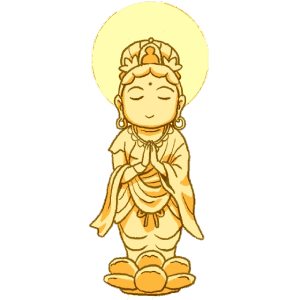
The Avalokitesvara Boddhisattva
The eleven-faced, thousand-armed Avalokitesvara is watching over worshippers and all of us from here today. Thinking so, I put my money into the Kannon in the hall and prayed.
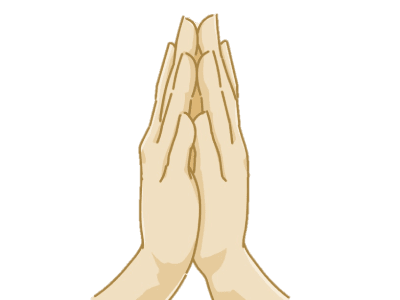
“Namu eleven-faced, thousand-armed Avalokitesvara Bodhisattva”
Thank you, Avalokitesvara, for giving us a moment of peace last year. This year is starting off in something of a turbulent way with earthquakes and accidents, but please protect us all. And may it be a good year for Kannon.
Unrin-in
- Location: Kyoto City Kita Ward Murasakino Unrin-in town 23
- TEL: 075-431-1561
- URL: https://ja.kyoto.travel/tourism/single01.php?category_id=7&tourism_id=565
- Transportation access: Three-minute walk from the bus stop “Daitoku-ji mae” (City bus system 1,12, 204,205,206, North 8, M1)
References:
Yukio Sakamoto and Hiroshi Iwamoto translator’s notes, The Lotus Sutra (upper) (middle) (lower) ([upper]1962, [middle] 1964, [lower] 1967, Iwanami Shoten, 1967).
The Lotus Sutra, “Kannon Bosatu Fumon-bin no.25” (translated and commented on by Yikio Sakamoto and Yutaka Iwamoto, The Lotus Sutra,
Taima Ito, ‘Bodhi Ko’ (Encyclopedia of the History of the Heian Period, Kadokawa Shoten, 1994).
Hiroshi Kanno, ‘Introduction to the Lotus Sutra” (2001, Iwanami Shoten).
Shomi Toukan, ‘The Development of the Hokke-ichijo Idea in the Ancient Medieval Transition Period and Its Historical Significance’, Journal of Shinshu Studies, No. 28 (2007)
Shigeo Kamata, ‘Kannon-sama’ (2018, Kodansha Academic Library).
Author
じゅうべい(Jubei)
Hello everyone. I am Jubei, an earthling whose energy does not stop today. What I like is playing (manga, movies, music (J-Rock, etc.) and visiting cafes). Thank you for your understanding.
